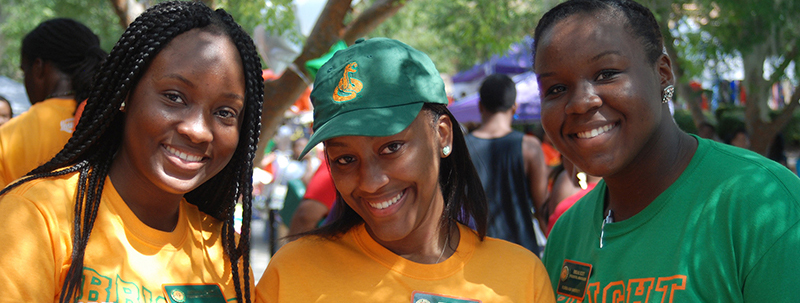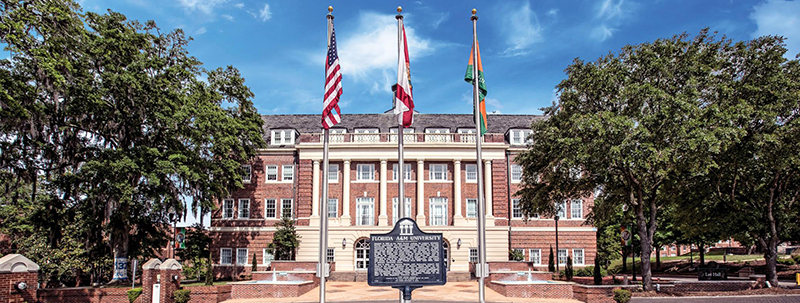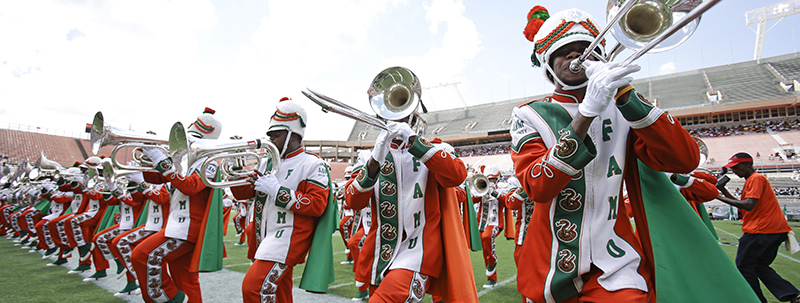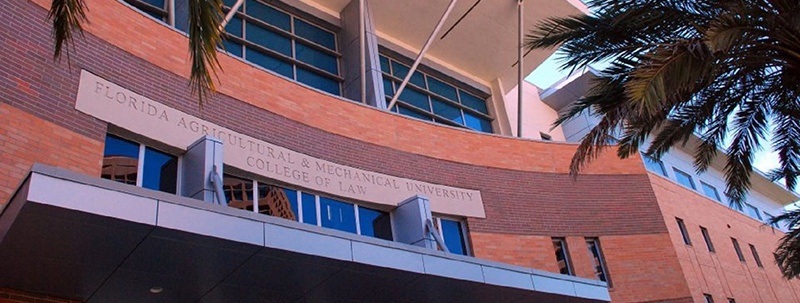






Financial literacy begins with budgeting and it can be a lot easier to budget when you have money to budget with. Take these simple steps:
Step 1 - Review your finances.
Money Comes In | Money Goes Out |
Paycheck; Family and friends; Savings; and other income (child support, etc.) | Rent/mortgage; Food; Utilities; Clothing; Transportation; Insurance; Student Loan payments; other debts and expenses; and Savings |
Step 2 – My Needs vs. Wants.
Needs | Wants |
Food; Clothing; Shelter (home); Medical/dental visits; Medicine | Computer, internet, Cell phone/smart phone; Cable; Movies and entertainment; Car; and Pets |
Step 3 – Why do you spend money and how to save.
Financial Behavior | Budgeting Strategy |
· Impulse buying · Buying name-brand · Not knowing where money goes · Paycheck spent before you pay your bills | · Put yourself on an allowance (Budget!) · Buy generic or previously owned · Keep track of how much you spend · Use direct deposit to save |
Step 4 – Create a budget that works for you.
Creating your budget is nothing more than simple math. Deduct your expenses (needs) from your income and you will know how much you have left to spend on your "wants" (spending money).
Monthly income
– 30% of monthly income (for taxes and other deductions)
– Monthly expenses (including savings) .
= Spending money
How to Save
People agree that having a budget and saving is a good thing but find it difficult to do so every month. But it is possible to save for your short and long-term goals, for emergencies, and even retirement.
The choice is up to you!
Ways to Save
Reduce housing budget ~ Reduce household expenses
Reduce food bills ~ Reduce utilities/cell phone bills
Reduce transportation costs ~ Reduce miscellaneous expenses
The 70-20-10 Rule
One easy way to save is to follow the 70-20-10 Rule.
· 70% for living expenses (rent, food, clothing, gasoline)
· 20% for savings
· 10% for retirement
or 10% for debt (student loans, car payments, credit cards)
or 5% for emergencies (car repairs, medical expenses, unemployment)
and 5% for specific goals (vacation, car, tuition, computer)Contact Info
Suite 203
Tallahassee, FL 32307
P: 850.599.3730
F: 850.561.2730
E: financialaid@famu.edu

